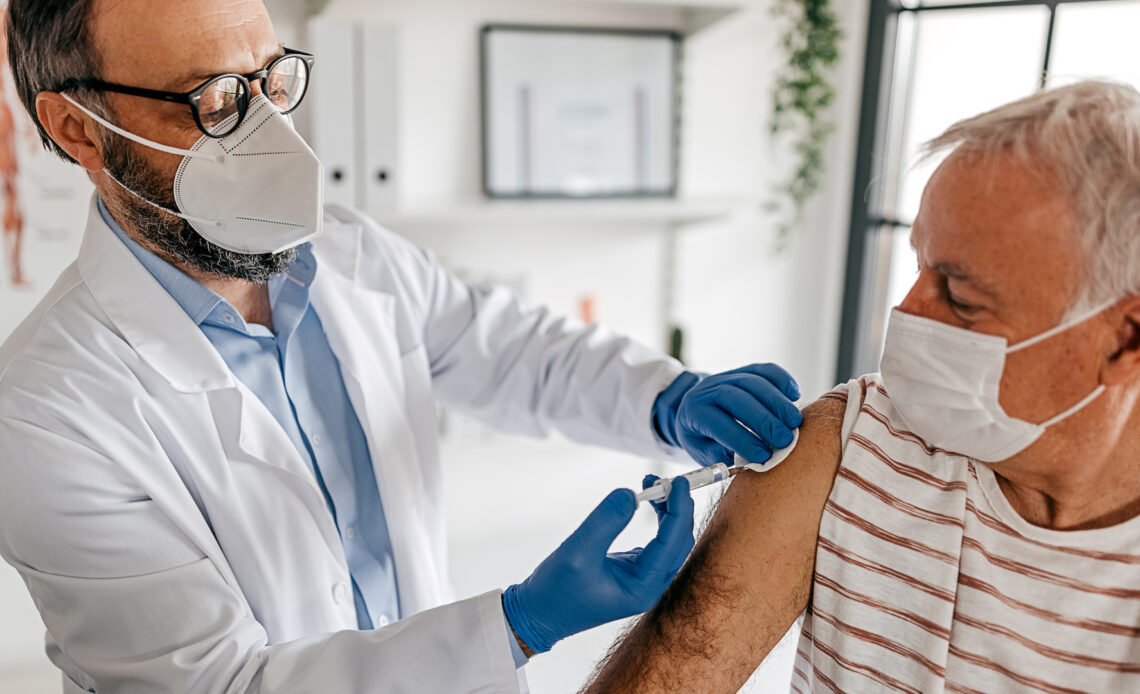An experimental two-in-one vaccine triggered strong immune responses against both the flu and SARS-CoV-2, the virus behind COVID-19, in an advanced clinical trial that included adults ages 50 and older.
The ongoing clinical trial pits this new combination shot, called mRNA-1083, against several licensed vaccines that protect against either COVID-19 or the flu. Compared with these separate vaccines, the combo shot produced “significantly higher immune responses” to three subtypes of flu and to the coronavirus, the pharmaceutical company Moderna, which developed the vaccine, announced Monday (June 10).
These results haven’t yet been reviewed by scientists outside of Moderna. The company plans to present the data at an upcoming medical conference and to publish the results in a scientific journal.
Moderna representatives told news outlets that the company aspires to have the new shot approved by fall 2025 — so it won’t be available by this flu season, but it might be by the next. Pfizer-BioNTech and Novavax are also working on their own COVID-flu vaccines, but Moderna is the first to release late-stage clinical trial data.
Related: A branch of the flu family tree has died and won’t be included in future US vaccines
People currently have to get their annual flu shots and updated COVID-19 vaccines separately. One major benefit of a combination vaccine would be that it would streamline that vaccination process, boosting coverage through convenience, Dr. Francesca Ceddia, Moderna’s chief medical affairs officer, wrote in a Moderna blog post. Such a shot could also free up doctors’ and pharmacists’ time by cutting the number of individual shots they’d have to give, she wrote.
Beyond convenience, though, it’s possible that the new vaccine could be more protective than the current vaccines that are given individually, Moderna’s early data hint.
“When we think about the combination vaccine, we often only think about the element of convenience, one shot instead of two,” Ceddia told CNN. “But what is really, really breakthrough is the fact that you not only offer that advantage, you also offer the proof of clinical benefit.”
The combination vaccine includes two components, both made of a genetic molecule called mRNA. Once inside the human body, mRNA instructs human cells to build specific proteins — in this case, proteins found on the surface of SARS-CoV-2 and influenza viruses….
Click Here to Read the Full Original Article at Livescience…

